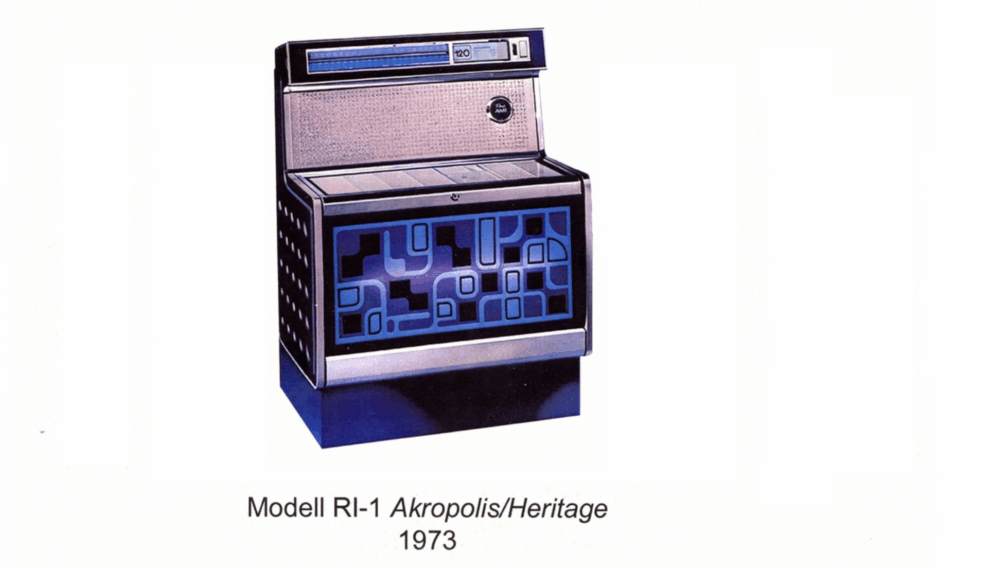Local Jukeboxes and International Media Conglomerates

Text: Heikki Uimonen; Picture: Rowe Service Manual
In the 1970s, Nauvo had one licensed venue where you could enjoy a few drinks with friends and spend the evening out. As in many other small Finnish municipalities, it was a bar located in a local service station. What made Nauvo special was that, if you lived in the archipelago, it took a while to get there — especially if you were young and had no transport other than the local bus. As one of our interviewees pointed out, depending on the season, you first had to take a boat or walk on the ice, then catch the bus, and finally walk the rest of the way.
One of the bar’s attractions was the jukebox, which was very popular in Finland during the 1960s and 1970s. In Nauvo, it helped create the bar’s ambience while offering people the chance to listen to music that was not widely available elsewhere. The local youth, who used to hang out at the bar, took advantage of this. With limited music aimed at a young audience available, the jukebox was a notable source of popular music, especially rock. In the mid-1970s, the only publicly funded radio station that played popular music for young listeners did so for just a few hours a week.
The Nauvo jukebox featured popular domestic music and schlager singers such as Marion Rung and Johnny Liebkind, as well as international artists like the Beatles and Tom Jones. As the Finnish popular music industry boomed in the 1970s, record companies used jukeboxes to promote their products and collect revenue from public performances of music.
In terms of their music content jukeboxes were somewhat similar in Finland. They contained Anglo-American rock and tangos, the latter of which were preferred by older customers, and these genres existed side by side in peaceful coexistence. However, the jukebox in Nauvo was special because it offered recordings from ‘Svensktoppen’, a hit list published by Sveriges Radio since 1962. Swedish singers were also popular in other Swedish-speaking areas in the west of the country.
The similarities and differences in jukebox content raise questions about the processes involved in acquiring, selecting and governing music. In this regard, 1970s Finland was a special case, as most of the music played on jukeboxes was centrally selected by Raha-automaattiyhdistys (RAY) in Helsinki, although local requests were, of course, taken into consideration.
Founded in 1938, RAY was a registered association that raised funds to support Finnish social and health organisations. Jukeboxes, for their part, were used to generate funding. A special group of people would listen to new releases and then send them to bars, cafés, and restaurants where RAY’s jukeboxes were located. While there were also private enterprises that owned and hired jukeboxes, Raha-automaattiyhdistys covered most of the country, making their music policy a major influence on bar soundscapes.
Just as the music content of the Nauvo jukebox was unique in Finland, Finnish jukebox culture was certainly distinctive compared to that of other countries. As the Five Village Soundscapes research project has shown, jukeboxes were also listened to in other European villages, since they were placed on a timeline called the ‘Chronology of Electrification’ in Cembra, Lesconil and Dollar.
Information about the only jukebox in Nauvo in the 1970s paves the way for an analysis of changes in the national and international music industry, as well as national and international media regulation and re-regulation. When evaluating soundscapes and media usage, we need to consider structural and legislative changes, which are often based on national decision-making processes – or at least they were 50 years ago.
Contemporary music dissemination channels are largely in the hands of multinational media conglomerates and online platforms, which are of course available to those willing to use them to create ambience in public spaces. This is definitely a major change in the availability of popular music, but it has also changed local music consuming practices in the bars and cafés.